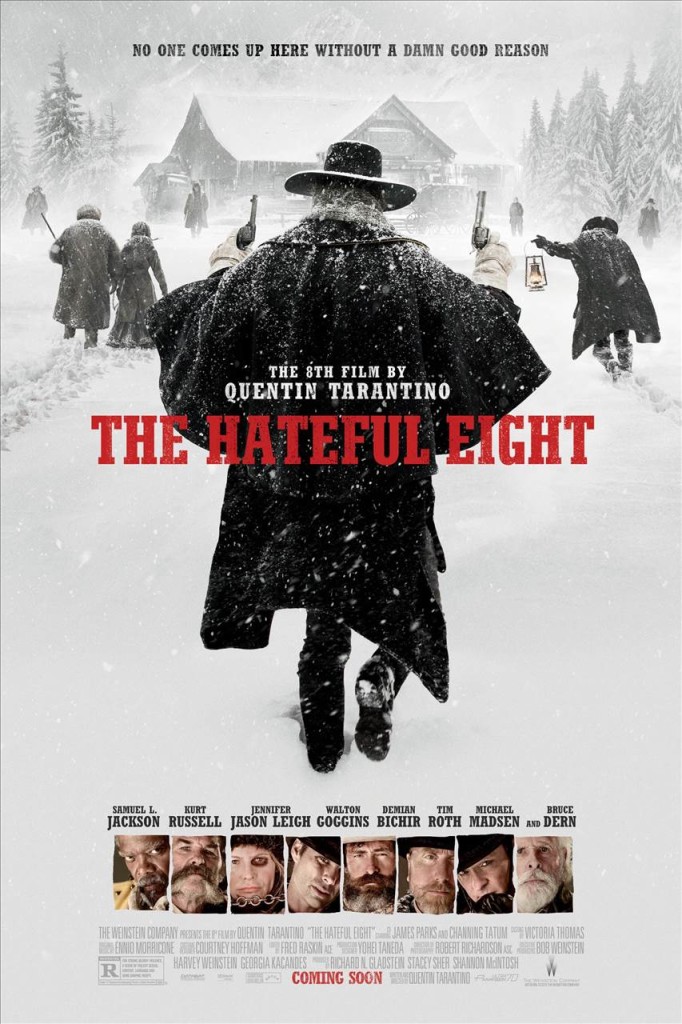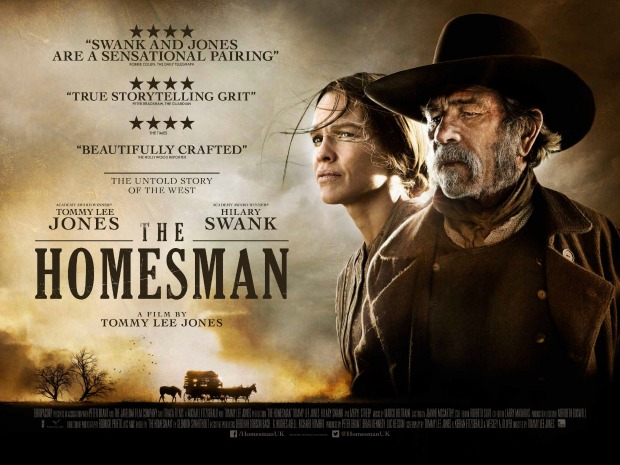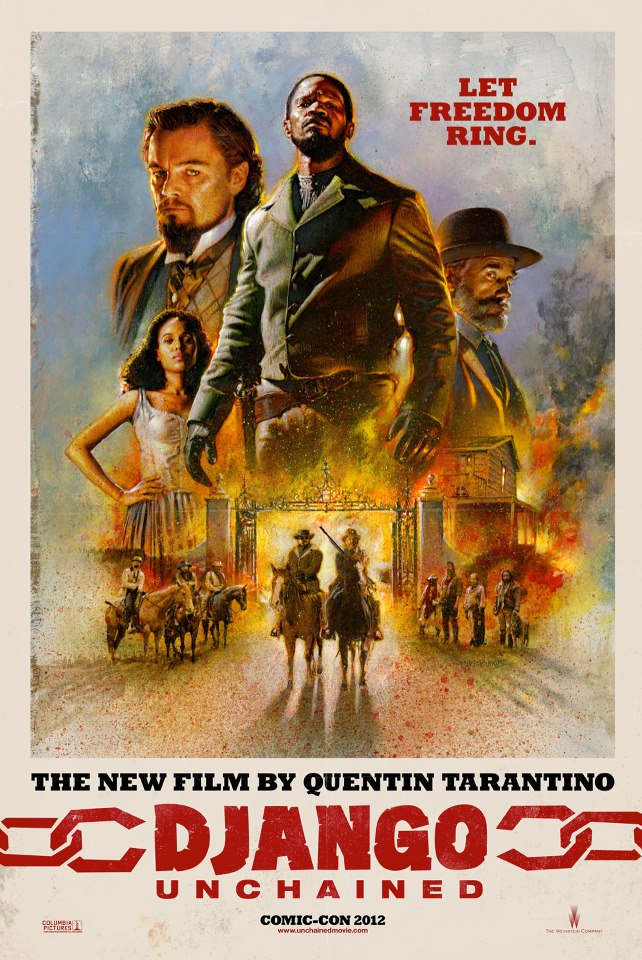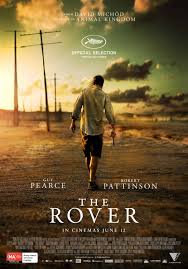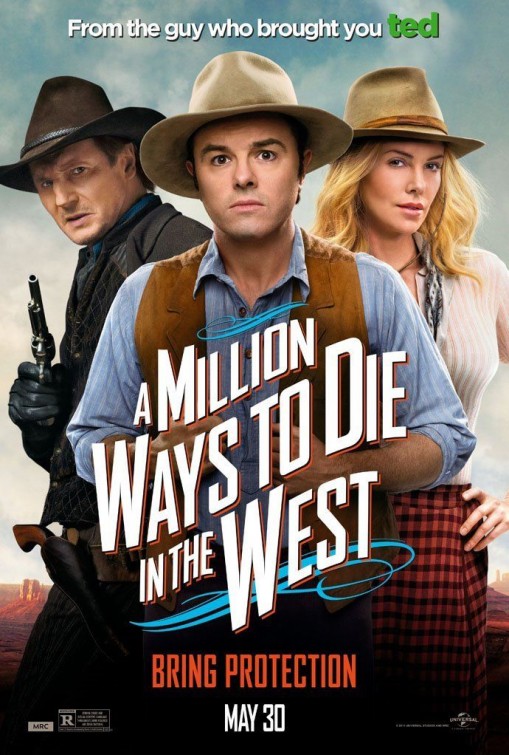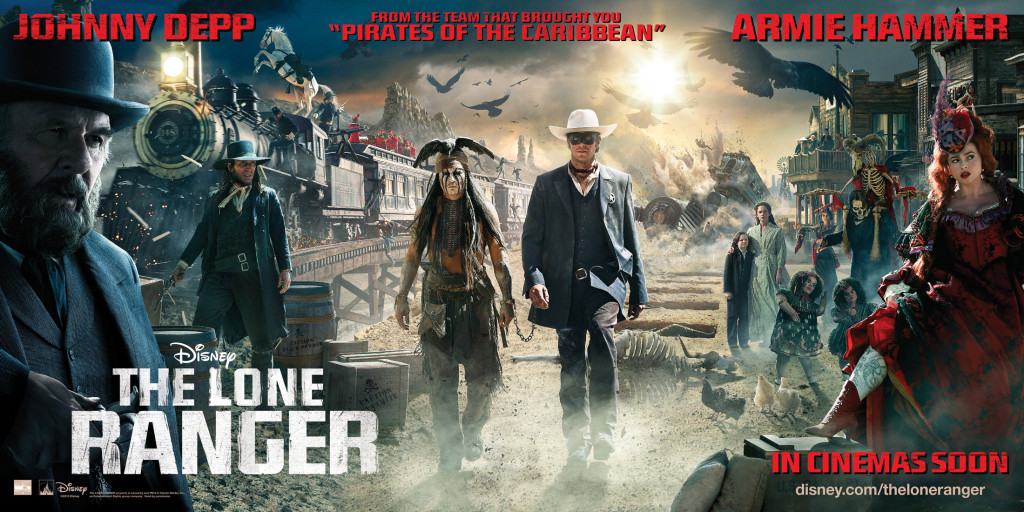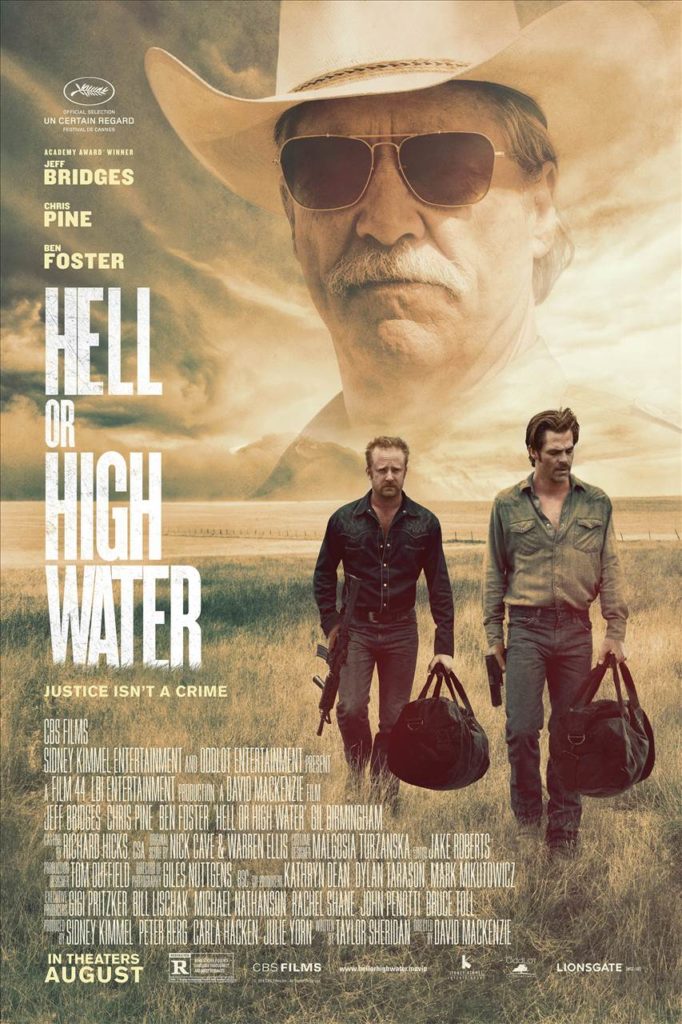 “Hell or High Water” is a modern western, a story about cops and robbers, set in dusty West Texas, featuring bank robberies and shoot outs and Mexican stand offs, and the “updated setting coupled with classic motifs” gambit often pays off in artistic endeavors, this being one of those times. But additionally, this movie fits another genre, one that sprang from the murky mess of the 2007-2008 housing market crash which catapulted the world into a global recession and saw the concept of The American Dream finally popped and deflated, and that’s the genre in which honest and good people find their lives on the edge of complete ruin thanks to believing in a system that failed them, with the ultimate “bad guys” being banks or bankers or anyone callous enough to be rich and openly uncaring during a time of great strife for many other people, you know, folks inflicted with “Scrooge McDuckitis.”
“Hell or High Water” is a modern western, a story about cops and robbers, set in dusty West Texas, featuring bank robberies and shoot outs and Mexican stand offs, and the “updated setting coupled with classic motifs” gambit often pays off in artistic endeavors, this being one of those times. But additionally, this movie fits another genre, one that sprang from the murky mess of the 2007-2008 housing market crash which catapulted the world into a global recession and saw the concept of The American Dream finally popped and deflated, and that’s the genre in which honest and good people find their lives on the edge of complete ruin thanks to believing in a system that failed them, with the ultimate “bad guys” being banks or bankers or anyone callous enough to be rich and openly uncaring during a time of great strife for many other people, you know, folks inflicted with “Scrooge McDuckitis.”
In “Hell or High Water,” Toby Howard (Chris Pine) is the kind of anti-hero seen in these types of movies, the ones that explore how the American Dream turned into a Waking Nightmare. When we meet Toby, he has already crossed that line, having decided to stage a series of small bank robberies in order to raise enough money to save their family farm from mortgage foreclosure. As if that’s not enough motivation, Tony also has children with his now-divorced wife and he’s determined not to let them continue down the path of poverty that afflicted his family for generations. Toby wants to secure his home and a future for his family. He’s a good dude. That’s what we are supposed to notice when we see him walk into a bank with a mask and a gun and demand money from the frightened tellers.Continue Reading …

